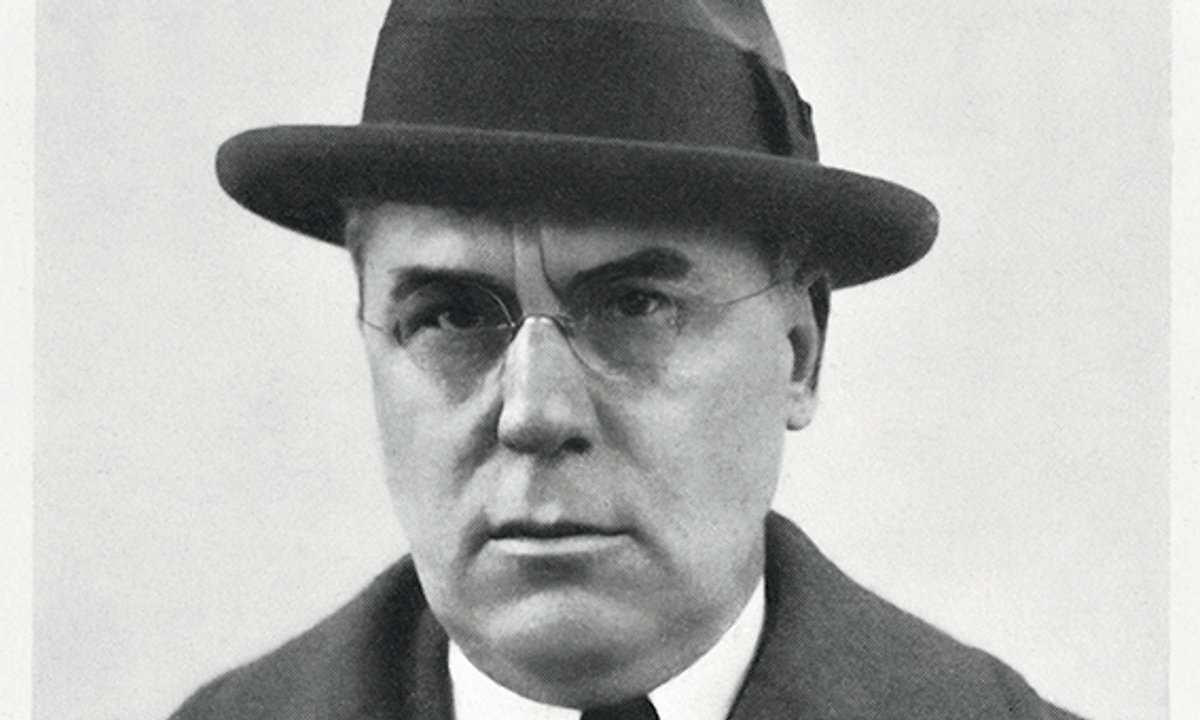
"Barnes was irascible, obsessive and rich. He built a collection with more Paul Cézannes than anywhere else in the US, with exceptional early Picassos and room after room of Renoirs. In 1912, he was the first American to buy a painting by Vincent van Gogh, The Postman (Joseph-Étienne Roulin) of 1889. He also acquired Henri Matisse's serene Joy of Life (1906) and commissioned the artist to paint the radiant gallery-sized mural The Dance (1932-33). Nothing else in the US came close."
"Shooting from the hip defined Barnes, a physician and chemist who paid for medical school by winning boxing matches. Frustrated as a doctor but insisting on that title, he studied chemistry and developed a silver-based treatment for gonorrhoeal blindness and other ills. The man backed up his business acumen with threats, bribes and a volcanic temper. He was also multilingual and passionate about the art that inspired him."
Albert C. Barnes accumulated a singular collection of Post-Impressionist and modern art, including numerous Cézannes, early Picassos, Renoirs, van Gogh's The Postman, and Matisse's Joy of Life and The Dance. Trained as a physician and chemist, he paid for medical school by boxing and developed a silver-based treatment for gonorrhoeal blindness. He combined volatile temperament and aggressive business tactics with deep multilingual scholarship and passionate commitment to art. He founded a museum in 1925 that displayed paintings alongside African sculpture, contemporary American works, and Old Masters. He supported democratic education guided by John Dewey and championed racial equality.
Read at The Art Newspaper - International art news and events
Unable to calculate read time
Collection
[
|
...
]